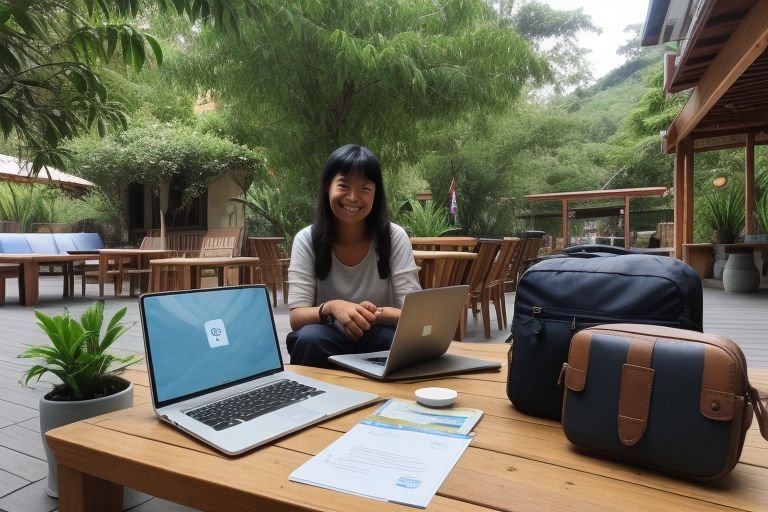Blue Origin’s New Shepard spacecraft is paving the way for the democratization of space travel, offering a new era of affordable space tourism. This innovative spacecraft is designed not only to provide thrilling suborbital flights to tourists but also to foster broader access to space for researchers and educators. Here’s how New Shepard is shaping the future of space tourism.
Overview of New Shepard
The New Shepard system, named after astronaut Alan Shepard, consists of a reusable rocket and capsule designed to carry passengers just beyond the Kármán line—the boundary between Earth’s atmosphere and outer space. The system is designed for rapid reusability, a key factor in reducing the cost of space access.
Key Features of New Shepard
- Vertical Takeoff and Landing: New Shepard’s booster is capable of vertical takeoff and precision vertical landing, allowing it to be reused multiple times.
- Crew Capsule: The capsule features large windows, providing passengers with spectacular views of Earth from space, enhancing the customer experience.
- Safety Systems: The spacecraft is equipped with a robust escape system to ensure passenger safety, capable of quickly propelling the capsule away from the booster in an emergency.
Blue Origin’s Vision for Space Tourism
Blue Origin, founded by Jeff Bezos, envisions opening up space for everyone, and New Shepard is a critical step towards achieving this goal. By making space more accessible, Blue Origin hopes to ignite future generations’ passion for science, engineering, and space exploration.
Achievements and Milestones
- Successful Test Flights: New Shepard has successfully completed multiple uncrewed test flights, demonstrating its capabilities and safety features.
- First Human Flight: In July 2021, New Shepard successfully carried its first crew, including Jeff Bezos, marking a significant milestone in commercial space travel.
- Research Missions: Aside from tourism, New Shepard has been used for microgravity research, offering scientists a few minutes of weightlessness to conduct experiments.
The Path to Affordable Space Tourism
Reducing the cost of space travel is fundamental to Blue Origin’s strategy. Here’s how New Shepard is contributing to more affordable space access:
- Reusability: By designing the New Shepard rocket and capsule to be reusable, Blue Origin significantly cuts down on the costs associated with space travel, much like recycling materials instead of using new ones for each flight.
- Operational Efficiency: The streamlined design and operational processes reduce turnaround time and operational costs, further lowering ticket prices for passengers.
- Scalability: As flight frequency increases and the market for space tourism grows, economies of scale can be achieved, potentially reducing costs further.
Challenges and Future Prospects
While the outlook for Blue Origin and New Shepard is promising, there are challenges to overcome:
- Regulatory Hurdles: As with any aerospace endeavor, extensive regulatory approvals are required to ensure safety and compliance with international space laws.
- Market Competition: Other companies, such as SpaceX and Virgin Galactic, are also pursuing space tourism, creating a competitive market.
- Public Perception and Demand: Building sustained public interest and ensuring a steady demand for space tourism are essential for long-term success.
Conclusion
Blue Origin’s New Shepard represents a significant advancement in the quest to make space travel accessible to all. With each successful mission, the dream of affordable space tourism comes closer to reality, promising not only a new business frontier but also the chance for many more people to experience the wonder of space. As technology progresses and costs decrease, the next few years could see suborbital space travel becoming a regular adventure for tourists, much like an airline flight is today.




















+ There are no comments
Add yours